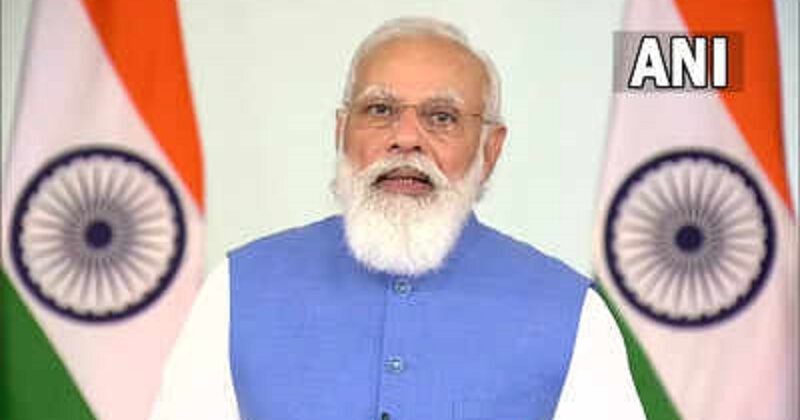
General Bipin Rawat of the Chief of Defence Staff (CDS) will lead a task force to ensure the implementation of Prime Minister Narendra Modi’s directives for non-contact warfare, reform of public sector defence organizations and strengthening indigenous languages in the military.
Sources in the defence ministry told News18.com that a task force including top representatives from the military, the defence ministry, and the National Security Council Secretariat (NSCS) was set up to discuss charting a roadmap for the timely implementation of the PM’s directives that were delivered at the Combined Commanders’ Conference (CCC-2021) at Kevadia, Gujarat last month.
Military commanders of the military’s top branches attend the CCC. In April, the PM’s office instructed the task force to monitor the implementation of the directive, according to the defence sources. The task force will also examine the implementation of a set of directives issued by defence minister, Rajnath Singh during the past two years, the sources said. The first meeting of the task force has been held. A quarterly progress report will be submitted to the Prime Minister’s Office (PMO) and the Defence Ministry.
Areas of interest
Defence officials in India have acknowledged in the past that there is an increasing need to boost capabilities and prepare for non-contact warfare, which is becoming a bigger challenge than conventional warfare. The term non-contact warfare includes all non-kinetic forms of warfare, such as information warfare, cyberspace warfare, and psychological warfare, even though drones and other such weapons may be employed.
A single doctrine is needed to coordinate and synergise all constituents of non-contact warfare, which could intimidate the adversary without any physical contact, a senior defence official said. According to the official, a joint doctrine for three services will ensure a cohesive approach by integrating activities of all stakeholders. At present, tri-services bodies such as the defence cyber agency and the defence space agency are working together on these areas.
Other agendas
The task force is currently reviewing some other directives from the PM, including the plans for celebrating 75 years of independence next year. For example, it involves identifying several outdated laws and practices in defence that can be eliminated, and a greater emphasis on indigenous languages in the Indian military. There will be a wide range of activities planned for the occasion next year under the theme ‘Azaadi Ka Amrit Mahotsav’.
Among the directives given by the PM are modernization of existing military technology, streamlining lengthy capital procurement processes, and pushing self-reliance in defence programmes – all of which appear to match the government’s ‘Atmanirbhar Bharat’ policy. In addition to optimizing defence expenditures and manpower, the PM’s directives emphasize the need for dual-use infrastructure (which can be used by both military and civil populations). Defense spending accounts for 28% of the overall budget, and authorities believe greater self-reliance in defence will help revitalise the economy by creating jobs, business opportunities, and auxiliary industries.
As part of the PM’s directives, ensuring regular interaction between the military establishment and its veterans and expanding India’s defence research capabilities are included, the source said. A second source said responsibilities have been assigned department-by-department for each of the PM’s directives. They will be regularly reviewed and monitored by the CCC task force for speedy implementation.
A major directive of the defence minister includes making sure that grievances of martyrs’ kin are handled timely, preparing for non-traditional security threats, and ensuring that border infrastructure is supported. Since the start of the military standoff with China in eastern Ladakh in May 2020, improving border infrastructure has been a priority for India.

Post Your Comments